The 5 Common Types of Prepper: What Type of Prepper Are You?
Being a prepper is beneficial when you are confronted with different kinds of situations or problematic situations. With the prepping tools and skillsets you own, you are going to stand a greater chance than those who are not preppers in completing a task faster or in surviving through a tough spot. The prepper community is large and it is comprised of various types of preppers with different mentalities and personalities which in turn will influence their prepping practice. In this article, we are going to reveal the 5 common types of preppers and their respective prepping practice. Check out which type of prepper you are!
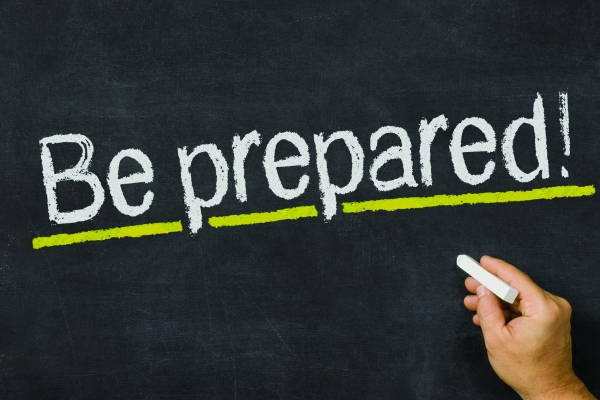
Accidental Prepper
Accidental preppers are those with an innate tendency to be prepared. Their prepping behaviors are motivated by their personality rather than external factors such as the flooding news on TV. They are thinkers and planners who often plan ahead of time for multiple possible situations which are not imminent. When things take place for real like getting stranded by the seatbelt during a car crash, they are “accidentally” ready for it by taking out a pocket knife from their belt pouch to rescue themselves from being stranded for hours.
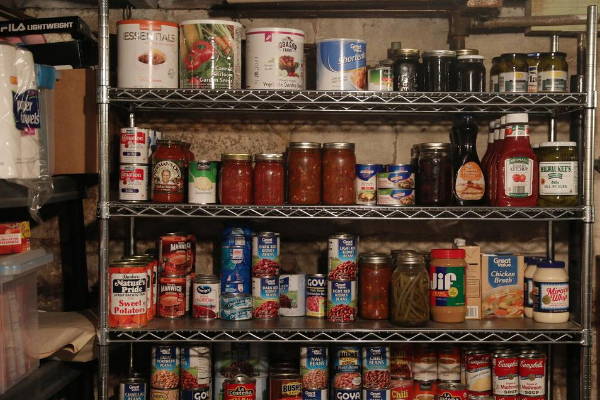
Typical Preppers
Typical preppers are people with a survival plan due to their keen interest in survival in the face of adversities like a natural disaster or a riot. Stockpiling the necessities like food, water, medical supplies, or perhaps ammunition and firearms are the common practice engaged by this type of preppers. These supplies are necessary for them to survive on their own for months when assistance will not be given within a short period or not at all. They need these supplies to defend their homes in case their houses were broken into by the threatening individuals.
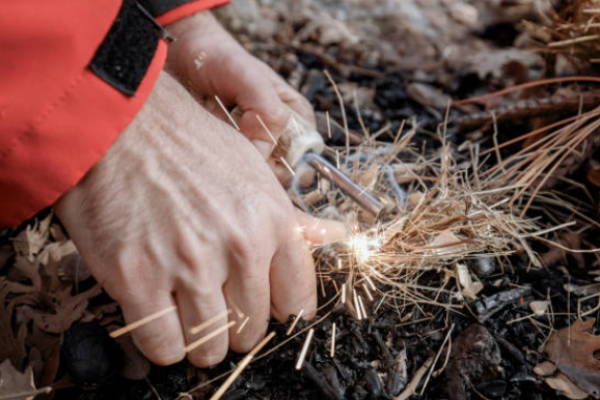
Survivalist Type Preppers
Survivalist type preppers are preppers who can live off the land when they are placed in such a situation. Unlike other preppers, they focus on developing and honing their bushcraft skills such as starting a fire, distinguish wild edibles and natural plant remedies. They seek to live off the land at a more primitive level with the adoption of primitive methods to start a fire, purify water, hunt for food, and build shelters with whatever is available around them. The ability to utilize the surrounding resources to fulfill their basic physiological needs can greatly increase their chance of survival.
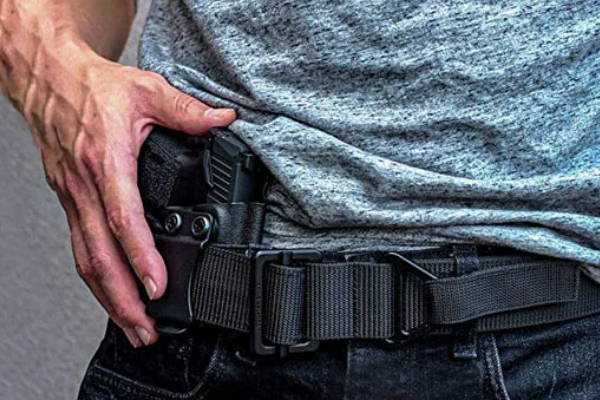
Self-Defense Preppers
Self-defense preppers are people who have great knowledge about combat and are skilled in combat. They are generally in very good shape as the majority of them are either in the armed forces or have some military experience. Therefore, it is not peculiar to find them carrying firearms, ammunition, knives, and torchlights on their belts daily. Protecting themselves and the people around them especially their loved ones is their utmost concern.
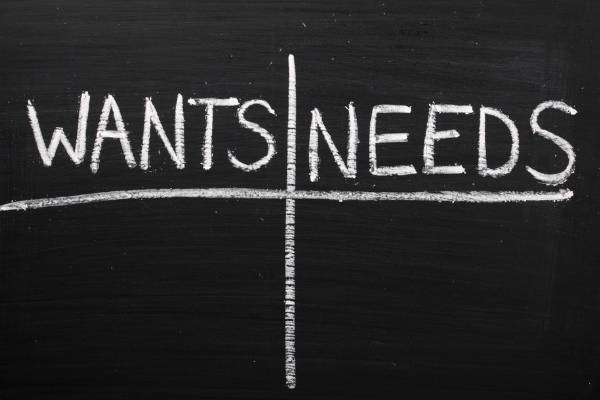
Minimalist Preppers
Minimalist preppers are preppers who practice minimalism in prepping. In contrast with the typical preppers, they keep their stockpiling supplies to the minimum. They only carry the essential stuff with them on a daily basis, depending on their needs of the day. This essential stuff could be kept in a storage place with various sizes such as a small bag or a belt which enable them to travel fast with light carrying without adding burden to their body movement. They possess a wide range of knowledge and skillsets to compensate for the lacking of gear to manage various situations.
From what we have covered so far, some preppers focus on carrying with bare supplies but more on certain skillsets while some choose to focus on prepping as much as they could for any possible scenarios. Regardless of whichever prepper type you self-identify with, most of us prep for the rainy days like to deal with the little emergencies. Emergencies might not happen all the time. Therefore, a sufficient storage place is enough to serve most people. A bug-out -bag could be too large to be carried on a daily basis while pockets contain too little storage space for keeping the essential EDC items. In this case, a strong belt will be a good alternative or to complement your storage bag.
What Kind of Belt Should Your Look for Carrying Every Day or for Survival Purpose?
Generally, leather belts and nylon webbing belts are the top choices to consider due to their strengths. However, each belt material has its pros and cons. Here is a quick look into each of them:
Leather Strap
Leather is a sturdy natural material. It is not only holding up your pants but does more than you could expect. For instance, leather can be used as a strop to sharpen your knife which other materials can’t do. Also, it looks nice, ideal for many situations like formal and casual wear.
The disadvantage of the leather belt is that it is not strong enough to hold up during hardcore survival situations as this material can wear out gradually. The material is prone to crack with repeated exposure to water and other elements in the long run. Therefore, it requires special care.
Nylon Webbing Strap
Nylon is a strong material typically used on military and tactical belts. They are strong, lightweight, and comfortable to wear which makes the belt an ideal belt for carrying the EDC essentials for hours without adding unbearable weight to your waist despite sweating. However, some designs might not be appropriate for a formal occasion.
When looking for a suitable nylon webbing belt for carrying stuff, look for a wider belt strap (1.5 to 2’’) with full adjustability. You would never go wrong with it despite you are new to this.
Check out how Nylon Belt can fulfill your prepping needs!